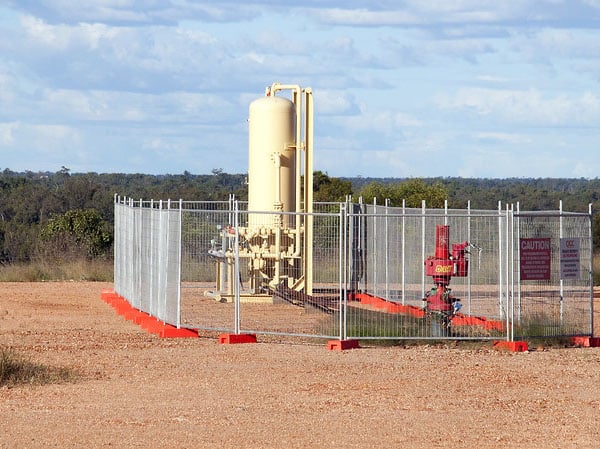The process of measuring gas content by core desorption is typically used in coals. It involves coring the coal and withdrawing it quickly from the hole and then placing the core in a cannister. On retrieval the gas desorption rate is measured over about 20 minutes and then the core may be left to desorb or sealed in the cannister until it can be taken to a laboratory and further desorbed. At the end of the desorption process, it is normal to crush a sample of the coal to speed the release of residual gas. This gas content measurement is described in AS3980:2016 “Determination of gas content of coal and carbonaceous material – Direct desorption method”.
The standard employs an extrapolation of the cumulative gas release volume to a nominal zero time to determine the lost gas during core retrieval. The nominal zero time is determined as being when the core is either half way through being cut if it is being retrieved from an underground hole, or when it is at half time from the commencement of retrieval to being on surface in the case of wireline coring. In either case, this is an approximation that only works if the rate of desorption of the sample is not excessive. In all cases, gas held within pore space withing the coal can be expected to be substantially lost.
Figure 1 shows an example of the initial desorption from a cannister of coal core plotted with respect to the square root of time from the nominal zero time. The project is used to estimate the lost gas, Q1, that has occurred during core recovery.

Figure 2 shows a total plot of a coal core desorption from a cannister. This volume is the measured gas release used to calculate, Q2. Both sets of data were acquired using Sigra’s automatic positive displacement flowmeters. The residual gas content, Q3, comes from crushing the core.

There are some shortcomings in AS3980:2016 which are addressed by Sigra’s procedures. These include desorption at a controlled temperature to match that of the coal seam or shale gas reservoir and desorption to a controlled final partial pressure of the gas from within the reservoir. Sigra also take into account the proportion of water vapour in analysis.
Figure 3 shows the automated flowmeters within Sigra’s gas desorption trailer. This can hold twenty, 1.5 m long cannisters containing HQ core at a constant temperature. The gas volume released is automatically monitored.
Sigra normally report gas content on a mineral and moisture matter free basis.

















